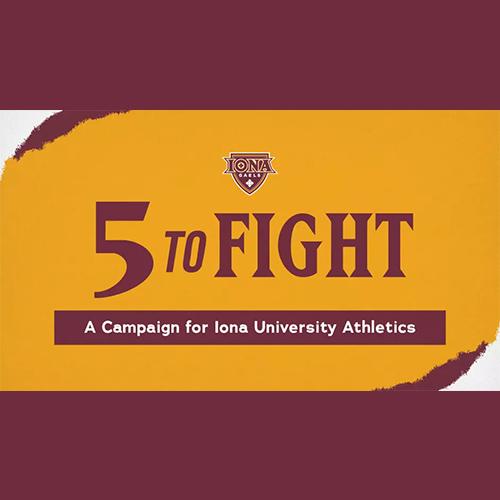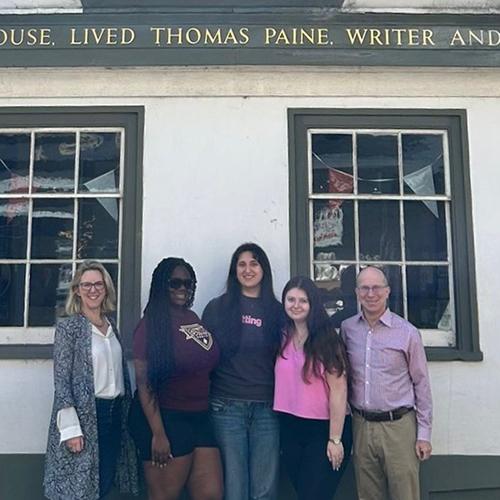Campus Greening
The Iona University campus is becoming greener every day, from use of recycled paper products and nontoxic cleaners, to installation of LED lighting, energy efficient windows, programmable thermostats, and eco-efficient bathroom fixtures, to use of solar and electric vehicles and recycled paving materials.
Current Campaigns
In May 2019, the University announced a new agreement with Dallas-based energy-efficiency experts, Cenergistic, to implement an energy conservation program. The goal of this partnership is twofold: to lessen Iona’s carbon footprint by reducing consumption of oil, natural gas, water and electricity on campus and to increase utilities savings.
Many of our classrooms already have occupancy lighting. You can help by turning off lights and computers when you leave a room, reducing water and paper use, and walking, biking, or using public transportation or the Iona Gael Express Shuttle instead of driving.
Several water bottle filling stations have been installed around Iona’s campus. Using a refillable container instead of buying bottled water is a great way to save money and reduce your carbon footprint. Look for convenient bottle filling stations around campus to do your part about this important issue.
The University utilizes a single-stream recycling system, which means that empty glass bottles, plastic (#1-7) containers, metal cans, paper, and cardboard can all be placed in the blue or green recycling bins. Food, waxed or Styrofoam containers are not recyclable and must go in the trash bins for now – but efforts are underway to separate food waste for composting! Plastic bags should be saved and dropped off at stores that collect them.
By recycling properly, we save tons of raw materials, time, energy and expense. Materials should be clean and loose (not in plastic bags) and sorted correctly. When plastic wraps, bags, food, or liquids end up in recycling bins, they can ruin an entire load of recycling, so please be sure to empty food and beverage containers first.
Guidelines
- Remember the three R's - Reduce (avoid waste in the first place), Reuse (find another use for the item, if possible), and then Recycle.
Do recycle these in blue or green recycling bins:
- Plastic bottles, cups, and containers
- Metal cans
- Glass bottles and containers
- Paper – including office paper, magazines, junk mail, newspapers
- Flattened cardboard and paperboard
- Clean paper cups and cartons
Do not put these in the blue or green bins -- place them in the trash (with exceptions noted below):
- Food waste - if you can't save it or share it
- Foam cups and containers
- Loose plastic bags (reuse them, or take them to collection bins at retail stores)
- Plastic wrapping
- Batteries - drop off single use and rechargeable batteries at Facilities
- Light bulbs - dispose of regular (incandescent) bulbs in trash; take compact fluorescent (CFL) and LED bulbs to Facilities
- Clothing or textiles - donate unwanted but usable clothing to Goodwill, Salvation Army, etc.
- Styrofoam (blocks or "packing peanuts") - reuse, or look for commercial or municipal drop-offs
- E-waste (e.g., small electronics, computer components, cell phones) - drop these off at stores like Staples or Best Buy
- Printer cartridges - take (or send via interoffice mail) to Business Services office in McSpedon
Questions and concerns about recycling on-campus should be directed to Michael O’Donnell in Facilities.
For commuters and those living in off-campus housing, be sure to check your local recycling rules and schedule. For additional inquiries, contact Off-Campus & Commuter Services.
The Commencement Committee changed vendors for the caps and gowns our students wear at the undergraduate and graduate Commencement ceremonies. The gowns are now made from 100% recycled material! We are excited about this very visible and substantial commitment to furthering our efforts toward environmental sustainability.


